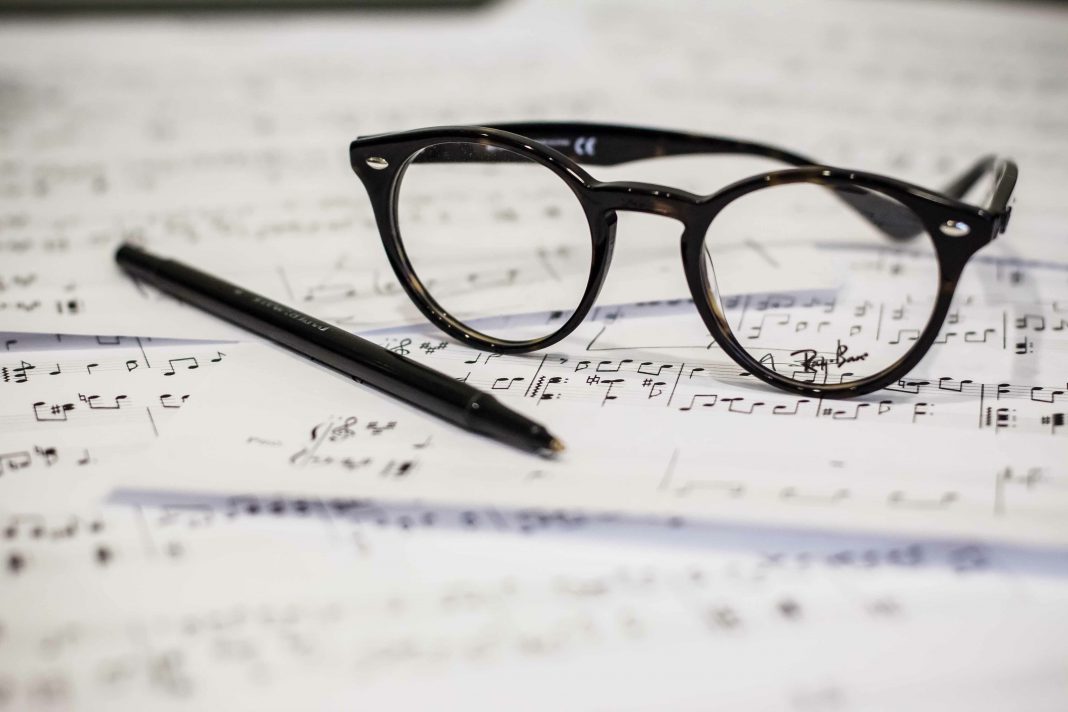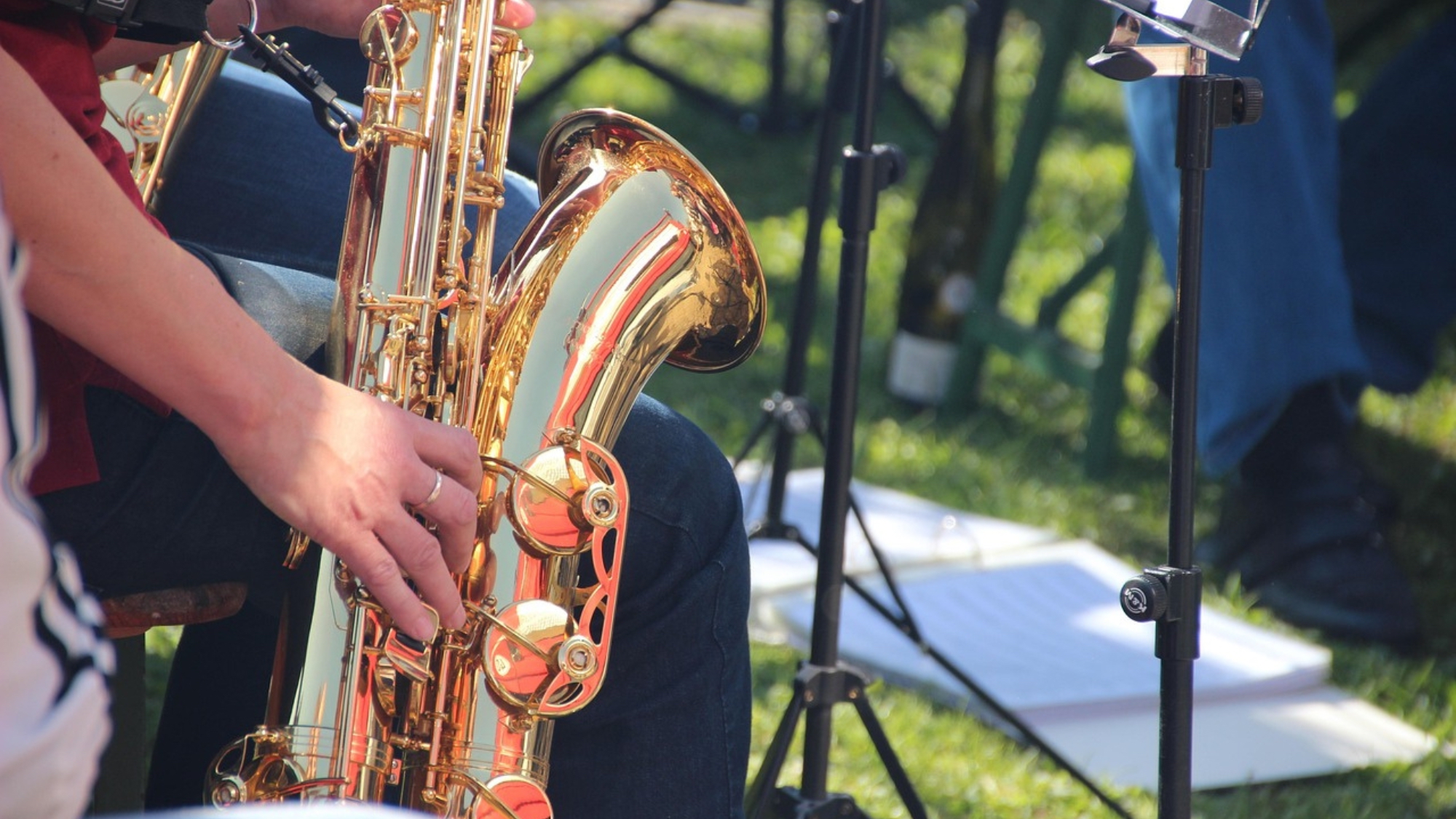The following article appeared in Vol. 4 #2 of Bandworld Magazine (Nov-Dec 1988). Quincy wrote the wonderful Grade 1 Chorale for band to accompany this first in a multi-part series of articles. Later, the Chorale which can be found on the following pages plus a Grade 2 chorale became part of our Warmups That Work book. (See below to order the complete set of books with its dozens of chorales, technique builders and pitch training devices.)
If you want to use this with older groups, use this very simple chorale as a means of teaching sight transposition. Have the band plan it up a step in F Major, for example. Max McKee
Selecting music for teaching instrumental techniques and providing the students with a successful learning experience has been a problem for many directors. On many occasions directors choose music which often makes for a good concert or what will yield a superior rating at festival. These ideas are not objectionable, but they should be secondary in a teaching environment. The primary concerns should be to teach the students concepts that will enable them to experience music more enjoyably and aid in their future music development. No student can enjoy music if he cannot count his music, does not know fingerings, or understand the music terminology used by the director or the method book.
In the vast repertoire of band literature there are undoubtedly many compositions that would have been better left unpublished; however, there are several works which are ideal for teaching musical concepts. As a composer, primarily of band music, I write for the educational market. My responsibility is not only to be creative, but to be creative within certain limits and provide music that will be suitable for teaching and educating the students to specific musical concepts. My creativity is often limited to certain educational levels, guidelines, and standards that have been established by methods books, books which suggest what a student can and cannot do at a particular level.
The focus of this article (first in a series of four) is to aid in the selection of music for Grade 1 and 1 1/2. It outlines certain teaching concepts and guidelines that directors should consider in choosing music for his particular group. The article is divided into three sections:
-
-
Performance Fundamentals
-
Music Selection Considerations
-
Intangibles
-
Performance Fundamentals
- Keys & scales (Most common)–F, B-flat, E-flat
- Articulation–Attack, release and slurs
- Note values & rests:
- Rhythms
- Meter: 2/4, 3/4, 4/4
- Dynamics – p, f, (mf), short crescendos
- Tempos
-
- Allegro– = 96–12
- Andante– = 72–96
- Styles
-
- March (elementary)
- Chorale
- Overture (elementary)
- Works on a single theme
- Emphasis on long tones
- Percussion–Rhythms in letter C, sixteenths, and five- stroke roll
- Scoring
- Low brass in octaves (weak)
- Low brass in octaves & thirds (Good)
- Independent bass line (Stronger). Traditionally, the scoring of the low brass and woodwinds has been done in octaves at this grade level. Octaves in the low register do not give the true band sound and tuning is especially difficult. The first example is the most commonly found scoring in Grade 1 music. The second is better because it does create intervals of thirds as a foundation for a harmonic base. The third example also requires that you have a tuba player to eliminate the possibility of inverted chords. Examples one and two do not require a tuba player because the lowest note is doubled at the octave by other instruments.
- Avoid block band scoring—The woodwinds alone and brass alone is frequently done. If possible, avoid this type of scoring in favor of more instrumental mixing of colors.
- No exposed writing—All parts must be doubled.
- Limited mixing of instruments for color—There are only a few color combinations available at this level; for example, clarinet and trumpet; sax and trumpet; flute, sax, and trumpet are the most common.
- Avoid works with more than one horn or trombone part.
- Acceptable to have two flute or two alto sax parts.
- Parts for alto clarinet, bass clarinet, bari sax are acceptable but must not be scored where they are essential to proper performance of the piece.
- Range
- Clarinet parts must not cross the break.
- Avoid awkward fingerings in all parts.
- All instrumental ranges are limited.
- PercussionPitch—Bells
- Non-Pitched—Triangle, tambourine, cymbals, woodblock.
- Limited usage of special effects (for example: suspended cymbal are acceptable).
- Musical Forms
- March
- Overture
- Works with a single theme
- Avoid use of accidentals when possible.
- Avoid key changes.
- Avoid changing syncopated patterns.
- Avoid frequently changing meters.
- Length of composition—1 to 2 1/2 minutes
- Music from other lands—One of the most important elements in teaching music is to provide students with a variety of types of music. Folksongs from different cultures, for example, introduce students to other musical styles. Waltzes, overtures, rock tunes (when properly chosen) can expose students to diverse musical cultures. This exposure makes learning fun and lays the foundation for a successful and interesting musical experience.
- Students’ reaction—For learning purposes, if the students enjoy what they are playing, the musical experience will be far more successful and meaningful.
- Director’s Skills— The director’s ability to teach music fundamentals and to select music as an aid in teaching those fundamentals are the keys to success at this level.
- Musical Value—Determined by the structural elements (melody, harmony, rhythm, form) and how well they are unified in the total composition. Is the piece interesting? Does each of the elements contribute to the unity of the piece? Does the piece contain teaching concepts?
- Diagnose and treat the problems of your group. Once you have defined the strengths and weaknesses of the group, selecting music or exercises is the next step. Proper selection of music can help overcome these four common weaknesses:
-
- Tone quality
- Intonation
- Attacks and releases
- Rhythmic counting (music reading).







